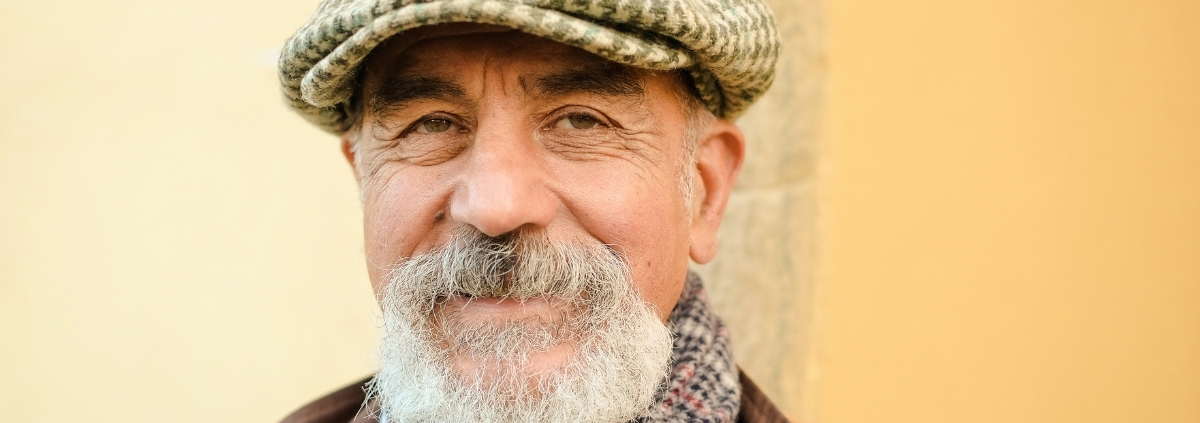A Psychologist Explains What it Really Means to Be ‘Cool’
By: Bec Harris
We all know someone we’d describe as “cool.” Maybe it’s a celebrity, a friend, or even a character from a movie. But what really makes someone cool? Is it just a leather jacket and sunglasses, or is there something deeper?
Psychologist Dr Marny Lishman unpacks the science behind coolness, based on a global study from the University of Arizona.
Being Cool Isn’t Just About Looks
“When we think of the word cool, I think of the Fonz,” said Marny. “It’s the leather jacket, the slicked-back hair, that kind of thing.” But the research suggests that coolness goes far beyond appearance.
Across 12 culturally diverse countries and nearly 6,000 participants, the study found common personality traits that define cool. According to Dr Lishman, “Extroversion was a big one. People who are more outgoing, adventurous, open, powerful, and self-directed were seen as cool.”
Coolness = Charisma + Rebellion
Cool people often stand out. They break the rules. They take risks.
“They’re boundary pushers,” Dr Lishman explained. “They influence trends and challenge social norms because they defy convention.”
Think Tom Cruise or Maverick from Top Gun. “He’s the ultimate cool wild boy,” she said. “He’s nearly always getting fired, but we aspire to be like him.”
But There’s a Difference Between Being Cool and Being Good
Cool people might be rebellious and independent, but “good” people tend to be warm, calm, and community-focused.
“Cool individuals are more rebellious and autonomous,” Marny said. “Good individuals are more traditional, conforming, and conscientious.”
This contrast reveals an inner tension. “We look up to cool people,” she noted, “but we often prefer the company of good people.”
The Role of Social Media
Social media heavily influences who we see as cool. “It’s skewed so much of reality,” said Marny. “We’re often influenced not because we like something, but because it’s put in our face all the time.”
She pointed out that algorithms create echo chambers. “They shape and inform who we think we are. The more we see someone, the more we think they’re cool even if they’re not.”
Authenticity Is Making a Comeback
Dr Lishman believes we’re heading toward a shift. “People are complaining about fakery and filters,” she said. “We’re going to want more realness. More authenticity.”
That desire for honesty extends even to those we admire. “When cool people make mistakes, we want them to own it,” she said. “We want them to be vulnerable.”
Can Coolness Be a Mask?
Yes, and often it is. “We act sometimes,” Dr Lishman admitted. “But the more you align with who you truly are, the better you’re going to feel.”
She encouraged people to aim for authenticity over performance. “It’s less exhausting. Try to be a good person, not just a cool one.”
The Bottom Line
Being cool may draw attention, but being good builds connection. And ultimately, most of us crave connection more than admiration.
“You can be cool,” said Marny, “but always make sure you bring back those good qualities like warmth and connection and use them for good.”
In a world filled with trends, filters, and facades, that might just be the coolest thing of all.
Article supplied with thanks to Sonshine.
Feature image: Canva






